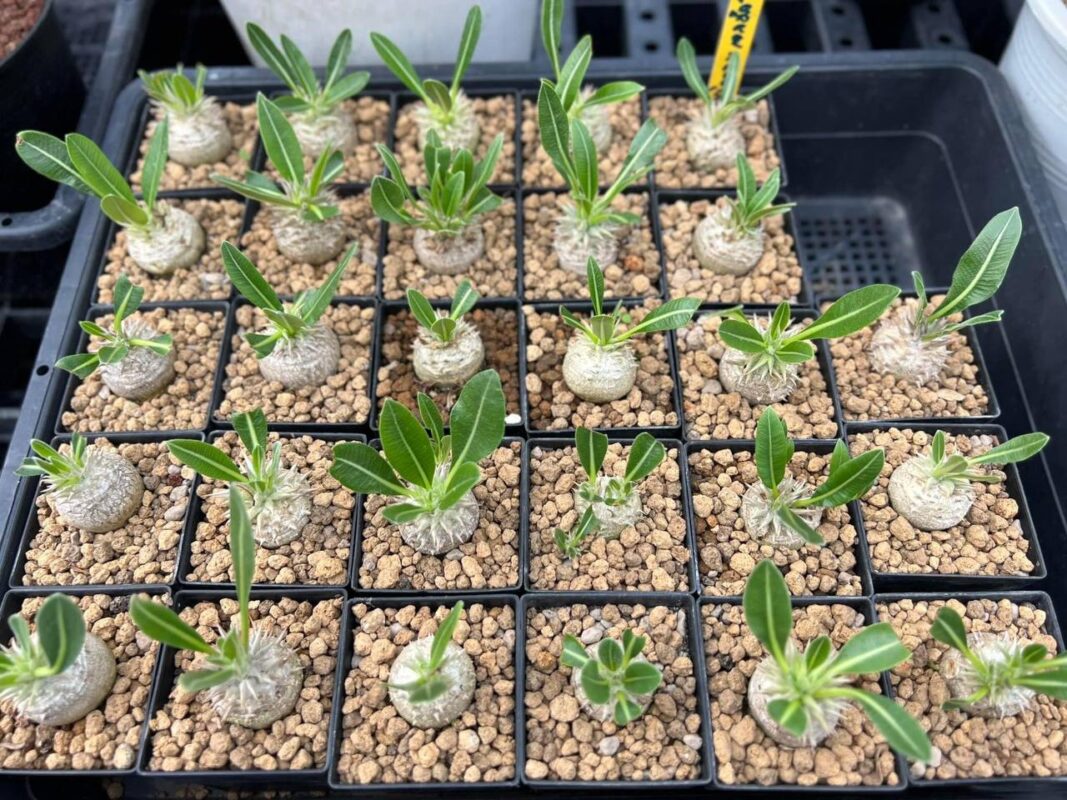Encephalartos Princeps

Encephalartos princeps
Introduction to Encephalartos princeps
Encephalartos princeps, commonly known as the Prince Cycad, is a stunning cycad species native to South Africa. This unique plant belongs to the ancient lineage of cycads, which date back over 300 million years, showcasing a rich evolutionary history that makes it a fascinating subject for plant enthusiasts, botanists, and landscapers alike.
Characteristics of Encephalartos princeps
- Physical Appearance
- Description of the trunk and growth habit.
- Leaf structure: arching fronds, color, and texture.
- Size and potential growth height, making it suitable for various garden designs.
- Habitat and Distribution
- Natural habitat: endemic regions and environmental conditions.
- Discussion on soil preferences and climate adaptability.
- Reproductive Traits
- Male and female cones: distinguishing features and reproductive cycle.
- Pollination methods and the role of specific insects or animals.
Cultivation and Care
- Growing Conditions
- Ideal sunlight and watering requirements.
- Soil composition: well-draining substrates and pH preferences.
- Propagation Techniques
- Seed germination process: timeframes and conditions.
- Tips on division and offsets for propagation.
- Common Pests and Diseases
- Overview of potential threats and effective management strategies.
- Importance of regular monitoring and preventive care.
Landscaping Uses
- Aesthetic Appeal
- How Encephalartos princeps enhances garden design.
- Pairing with other plants for visual interest.
- Hardiness and Adaptability
- Suitable climate zones for successful cultivation.
- Benefits of using cycads in xeriscaping and drought-resistant gardens.
- Cultural Significance
- Traditional uses in South African cultures.
- Role in conservation efforts and biodiversity.
Conservation Status
- Threats to Encephalartos princeps
- Overview of habitat loss, poaching, and climate change impacts.
- Importance of conservation initiatives and sustainable practices.
- How to Support Conservation
- Ways to get involved with local conservation efforts.
- Purchasing from reputable nurseries that support sustainable practices.
Conclusion
Encephalartos princeps is not just a plant; it’s a living testament to the resilience of nature and the importance of biodiversity. Whether you’re a collector, gardener, or simply an admirer of unique flora, this cycad offers unparalleled beauty and history. By understanding its needs and supporting conservation, we can all play a role in preserving this remarkable species for future generations.










